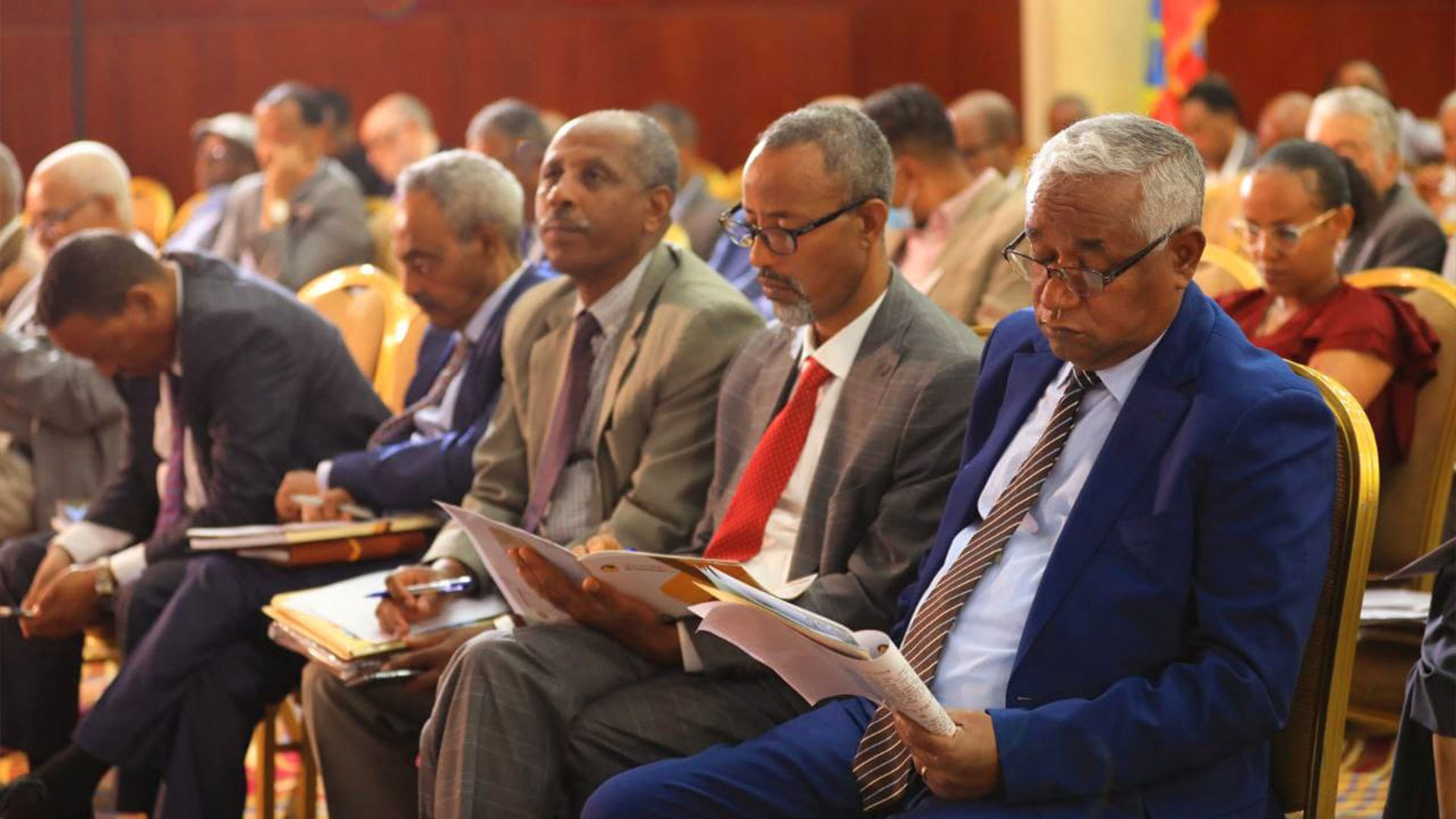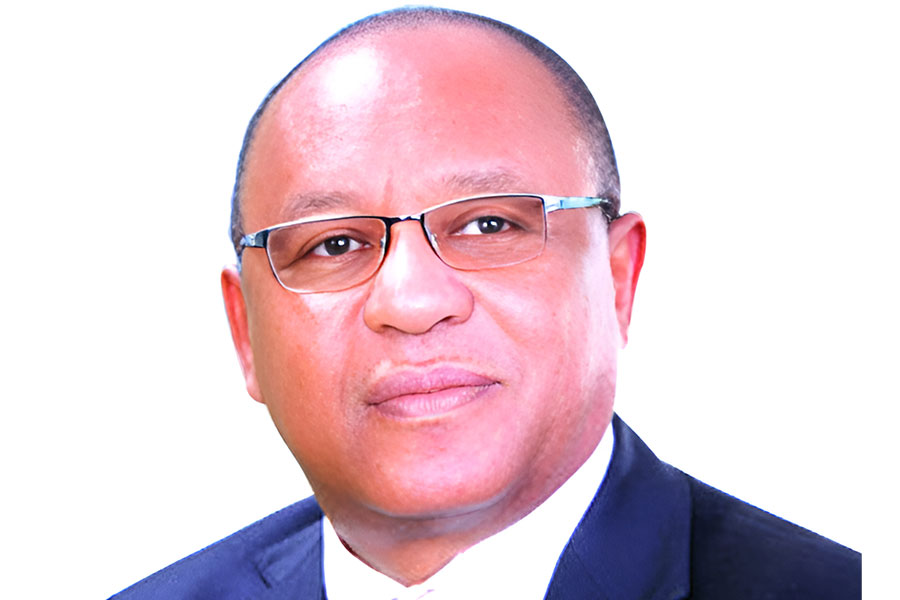The departure of its former Board Chairman, Woldetsenay Woldegiorgis, right after presenting the annual report to shareholders at the Inter-Luxury Hotel in December, brought a period of transition. The intervention by officials from the National Bank of Ethiopia (NBE) to oversee the election of new board members, citing corporate governance violations and repeated complaints, marked a significant moment in the Bank’s governance, leading to the election of Shisema Shewaneka as the new board chairman.




